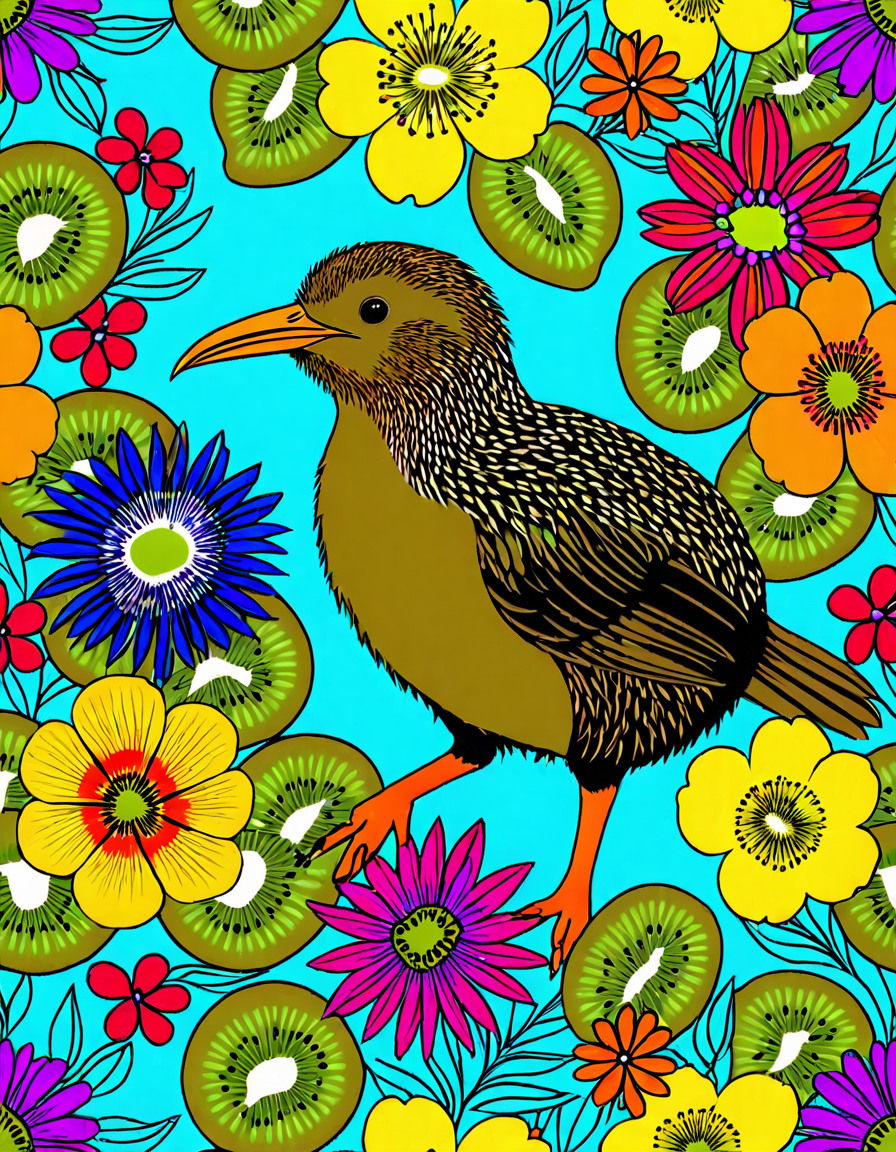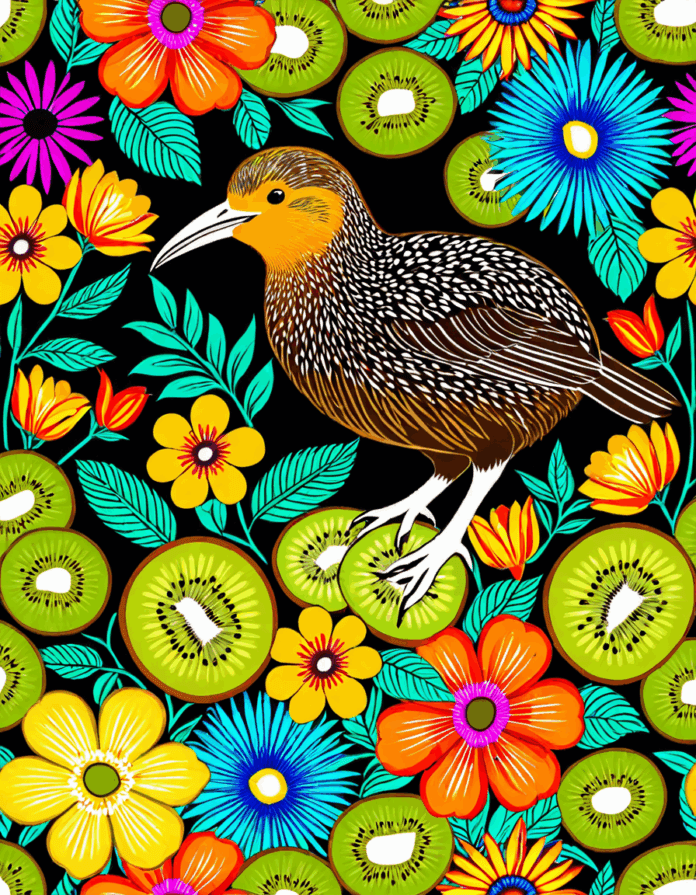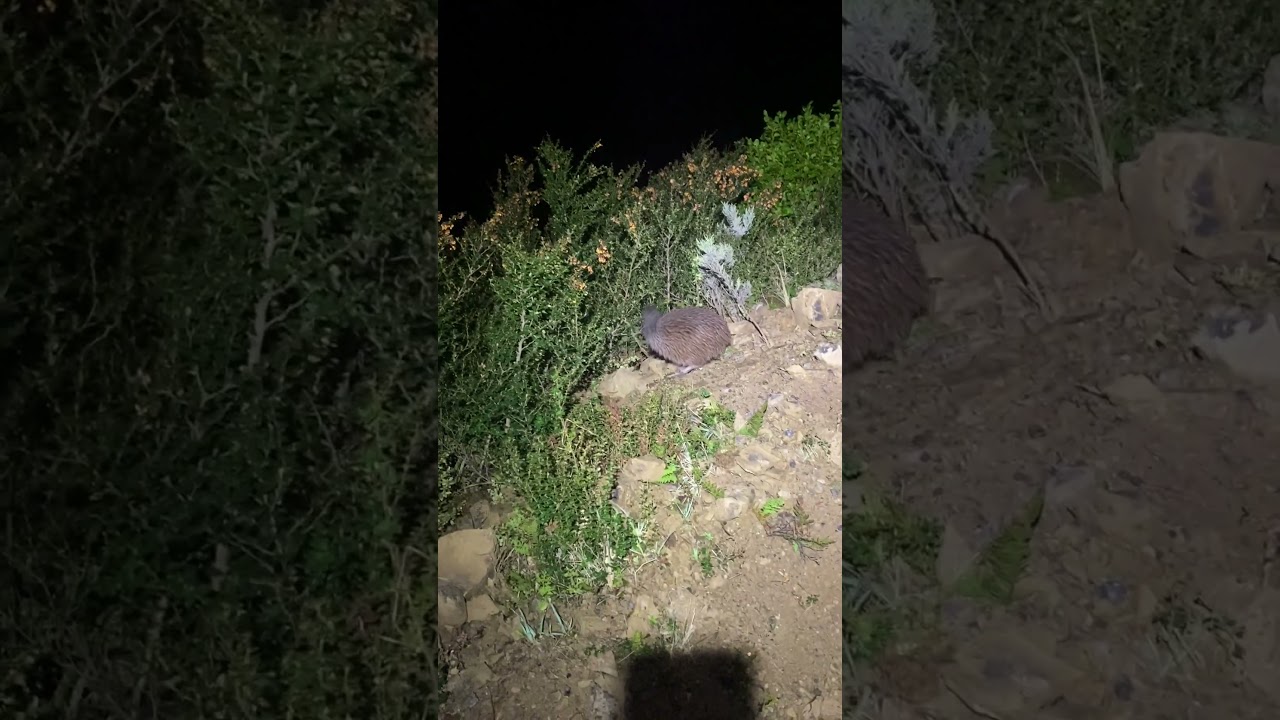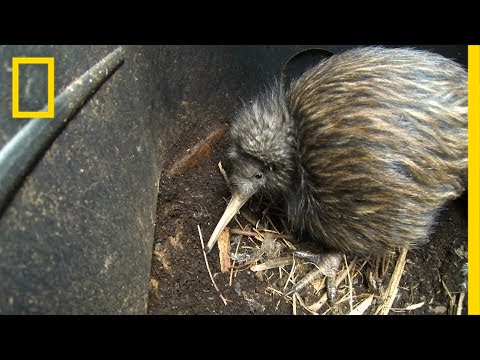The Fascinating World of the Kiwi Bird
The kiwi bird, a flightless marvel native to New Zealand, captivates birdwatchers and nature enthusiasts alike. This petite creature, with its signature long beak and quirky habits, surely musters curiosity even among seasoned ornithologists. Kiwi birds have become a symbol of New Zealand, yet there’s so much more to these remarkable species than sentimental value. Join us as we delve into secrets about kiwi birds that might just surprise you.
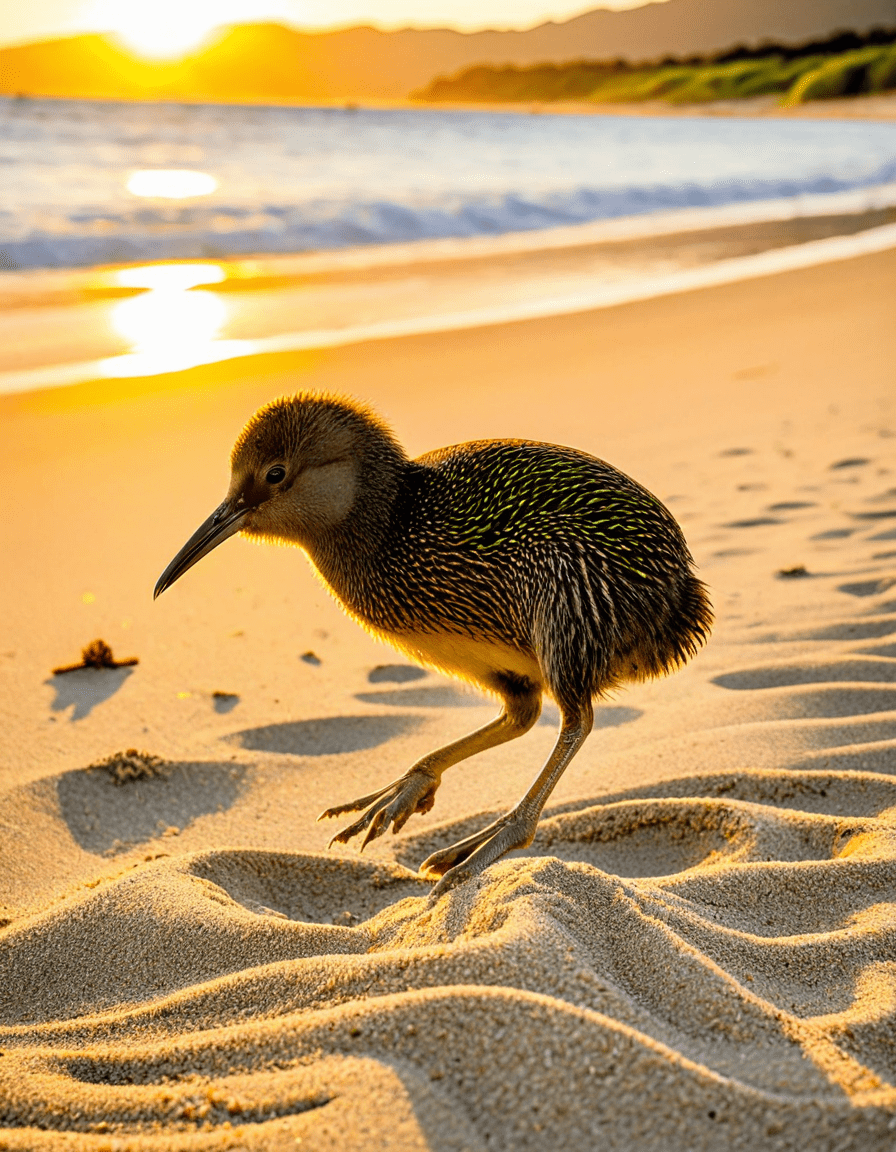
7 Unbelievable Facts About the Kiwi Bird
Most birds delight in the daylight, but not the kiwi. These feathered oddities are predominantly nocturnal, a choice that helps them dodge varieties of predators, including cats and rats that prowl during the day. As night creeps in, kiwis come alive, using their exceptional sense of smell and whisker-like facial feathers to scour the forest floor for insects and worms. This behavior sets them apart in the avian community.
Kiwis boast a long, slender beak that conceals a beautifully developed olfactory system. This feature spells out success in the hunt for food hidden beneath the soil. Amazingly, their sense of smell outstrips that of many mammals! Researchers have demonstrated that kiwis can accurately pinpoint their prey’s location, showcasing an evolutionary adaptation that makes them experts in their nocturnal feeding habits.
In a world where size often dictates survival, kiwis are a gentle contrast. These birds are significantly smaller than other flightless birds, such as the majestic ostrich or emu, which can weigh as much as 350 pounds. Here’s the thing: adult kiwis typically weigh a mere 2-3 kilograms (4.4-6.6 lbs). Their petite stature aids in their survival since it enables them to hide effectively from threats, thus balancing their delicate ecosystem.
When it comes to romance, kiwi birds paint a picture of dedication. Males allure females through elaborate vocalizations and captivating displays. Interestingly, after mating, the male takes the lead, incubating the eggs for an astonishing 75-90 days. This extended incubation period, unique among avian species, reveals a refreshing twist in parental roles that demonstrates how intriguing kiwi breeding strategies can be.
In New Zealand, the kiwi bird stands tall as not just a national symbol but as a cornerstone of Māori cultural heritage. The Māori people deeply respect kiwis, associating them with the essence of the forest. This admiration also gave birth to the term “Kiwi,” which affectionately refers to New Zealanders themselves, highlighting how intertwined their identity is with this lovely bird.
Unfortunately, the kiwi bird now finds itself classified as vulnerable, primarily due to habitat loss and threats from introduced predators like stoats, possums, and rats. There’s a bright spot in all this bad news—the Kiwi Recovery Program sweeps in to help. Initiatives focus on restoring habitats, controlling predators, and facilitating breeding programs, showcasing a community effort determined to protect this cherished species and preserve New Zealand’s biodiversity.
Kiwis are nothing short of ancient marvels, having diverged from other bird species over 60 million years ago. Fossil records suggest their closest kin is the extinct moa bird. Genetic studies underscore their distinct lineage, setting them apart from other ratites like emus and ostriches. This profound evolutionary journey shines a light on New Zealand’s isolated ecosystems, which foster such intriguing species.
The Kiwi Bird’s Impact on Ecotourism
New Zealand’s rich biodiversity naturally fuels its thriving nature tourism scene, and kiwi birds play a starring role. Eco-tours, like those provided by the Kiwi Encounter and the Sanctuary Mountain Maungatautari, create opportunities for adventure while fostering environmental conservation. Visitors can experience kiwis in their natural habitat, contributing to conservation efforts and enhancing local economies. This model illuminates a sustainable way forward in marrying wildlife preservation with tourism.
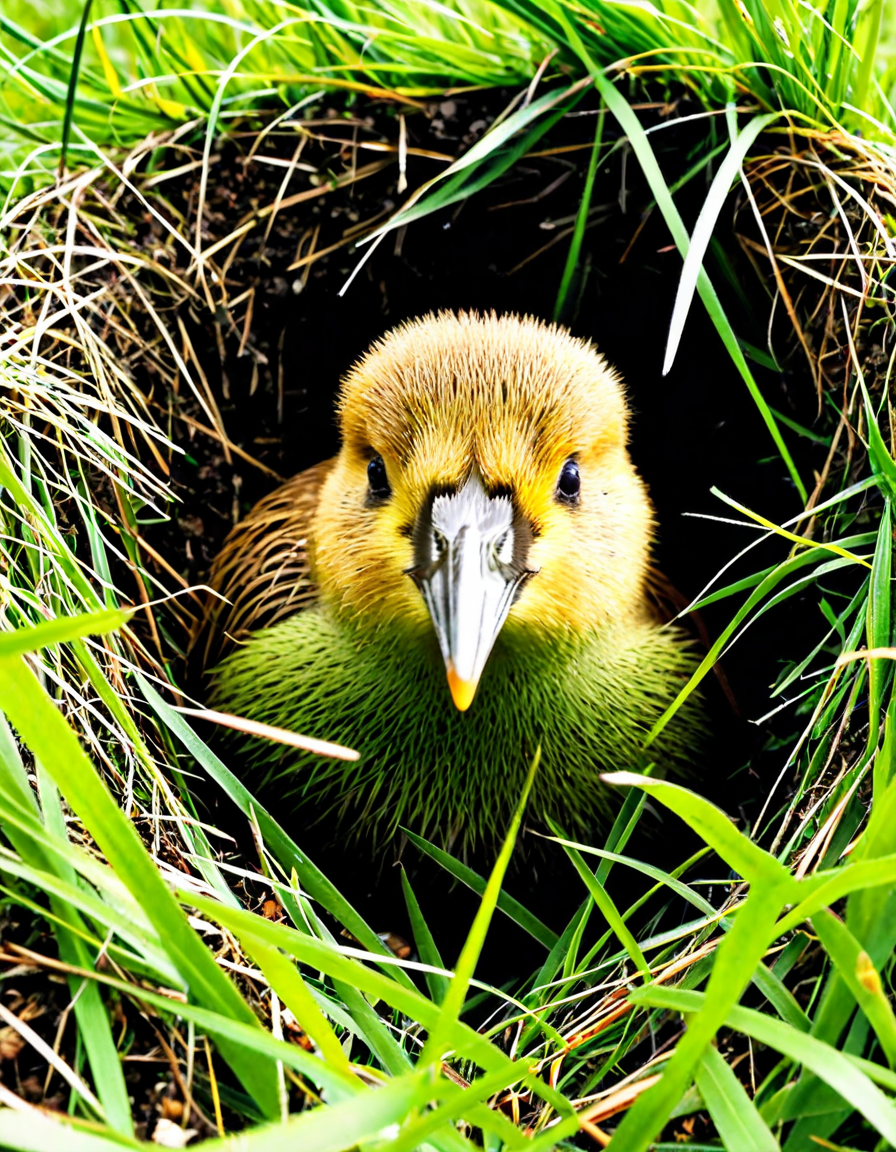
Innovative Conservation Methods
In the quest to protect kiwi birds, conservationists are tapping into cutting-edge technologies. One groundbreaking method involves using drones to monitor kiwi habitats. These aerial wonders cover vast expanses quickly, allowing for the observation of populations and potential threats without disrupting kiwi nests. As a game changer, this technology not only applies to kiwi conservation efforts but also lays the groundwork for similar approaches aimed at protecting other endangered species.
Embracing the Future of Kiwi Bird Survival
Kiwi birds symbolize resilience in our ever-shifting world. Uncovering the secrets of these birds emphasizes the importance of safeguarding our natural spaces—not only for kiwis but for the rich array of life they support. Investing in preservation, nurturing community involvement, and employing innovative technologies will keep kiwi birds thriving in the wild.
A world where these quirky creatures flourish will benefit the ecological balance of New Zealand and enhance the rich diversity of global birdlife. We must stay committed to understanding and protecting the kiwi bird; our appreciation for them acts as a reminder of nature’s delicate web we all depend upon.
Whether you’re embarking on a hike through New Zealand’s beautiful landscapes or simply enjoying a relaxing evening at home, let the enchanting tale of the kiwi bird inspire you to cherish and protect the extraordinary wildlife that surrounds us all. For those seeking adventures infused with adventure and conservation, be sure to check out activities near you, like an Anytime fitness near me option for your health or learn about the innovative hummingbird feeder that can attract lovely neighbors to your backyard. With the charm of kiwi birds ever beckoning, don’t miss out on the chance to experience their wonder firsthand!
As the world shifts, staying connected with nature’s essence ensures future generations relish in the delight of encounter—and like that famous Kiwi bird, they’ll thrive reveling in life’s little secrets!
Kiwi Bird: Secrets You Won’t Believe
Fascinating Facts About the Kiwi Bird
Did you know that the kiwi bird is an intriguing flightless bird native to New Zealand? These little guys pack a punch with their unique characteristics. For one, they have nostrils at the end of their long beaks, allowing them to smell underground insects and worms. Imagine going out to a restaurant and ordering bugs; sounds wild, right? In fact, speaking of unexpected releases, did you hear about the young thug Released( news? Just like that, the kiwi surprises us at every turn.
Kiwis are about the size of a domestic chicken, but these feathered friends are undeniably special. Their brown, hair-like feathers keep them warm and resemble a quiet cat() lounging around. Did you know that they’re nocturnal? That’s right! These birds thrive in the moonlight, hunting for food while the rest of us are tucked in bed. One must wonder at their secret lives, perhaps akin to how fans flock to events like Pax Unplugged() for that late-night fun.
Kiwi Bird Behavior and Habitat
When it comes to breeding, kiwi birds are the champions of the avian world! They lay one of the largest eggs in relation to body size, sometimes accounting for nearly a quarter of the mother’s weight. It’s a hefty commitment, to say the least! In many ways, this dedication mirrors the way Justina Valentine( gives her all on stage: fun, bold, and unforgettable.
These birds are also solitary creatures, often found roaming alone in dense forests or shrublands. They prefer areas with plenty of cover where they can forage in peace, quite like how one might search for Xfinity near me() without drawing much attention. Sensing the world around them mainly through touch and smell, kiwis have perfected their unique lifestyles in various conditions—something other creatures, like Mirko Cro cop() in the fighting ring, can appreciate. Remember, you might not always see these chicks, but they’re always out there making their mark!
Kiwi birds truly have a world of secrets. Whether they’re out at night foraging or learning to navigate life in the wild, these remarkable creatures are a testament to nature’s creativity. So next time you think of birds, remember: the kiwi bird isn’t just a flightless wonder; it’s an awe-inspiring animal sure to capture anyone’s attention!
